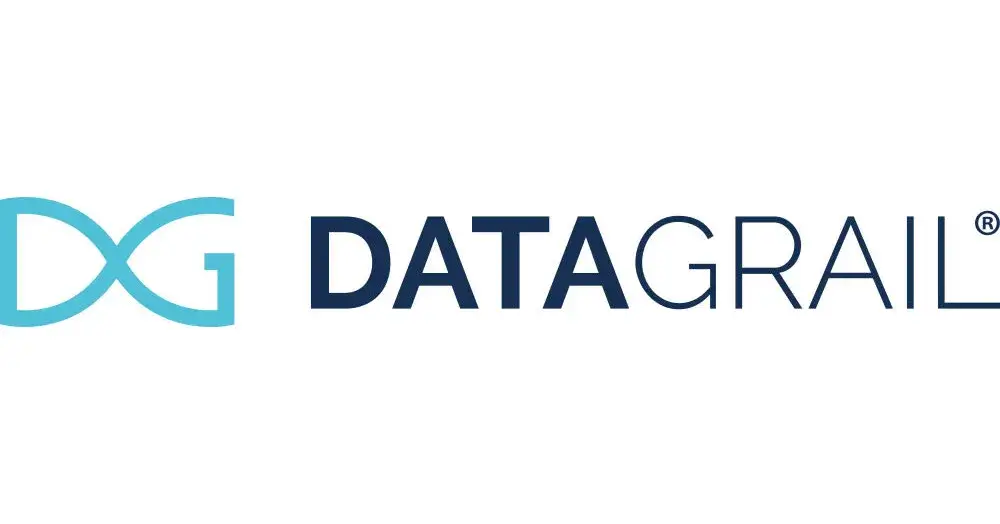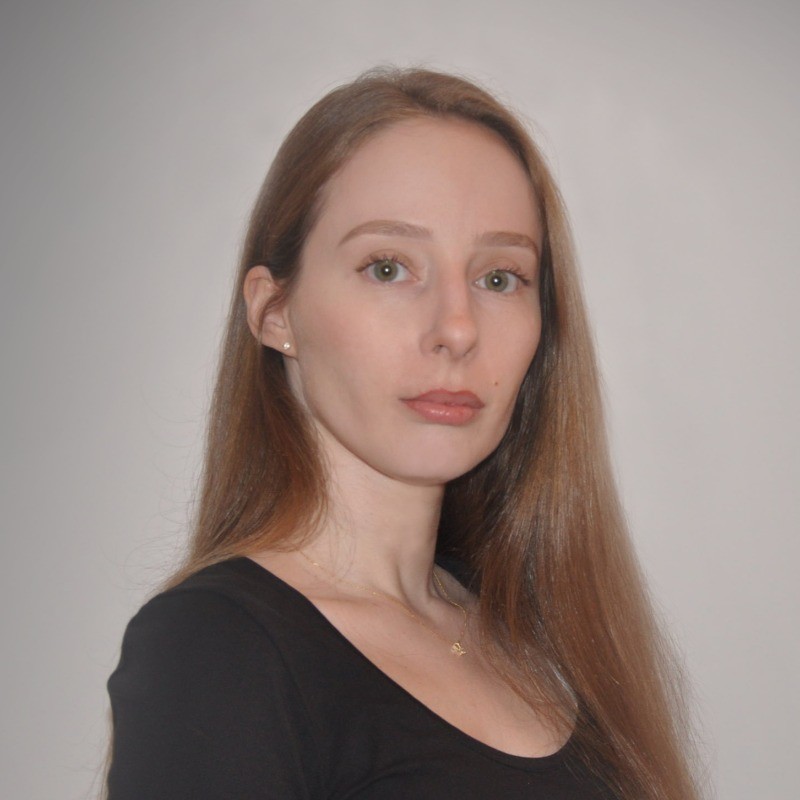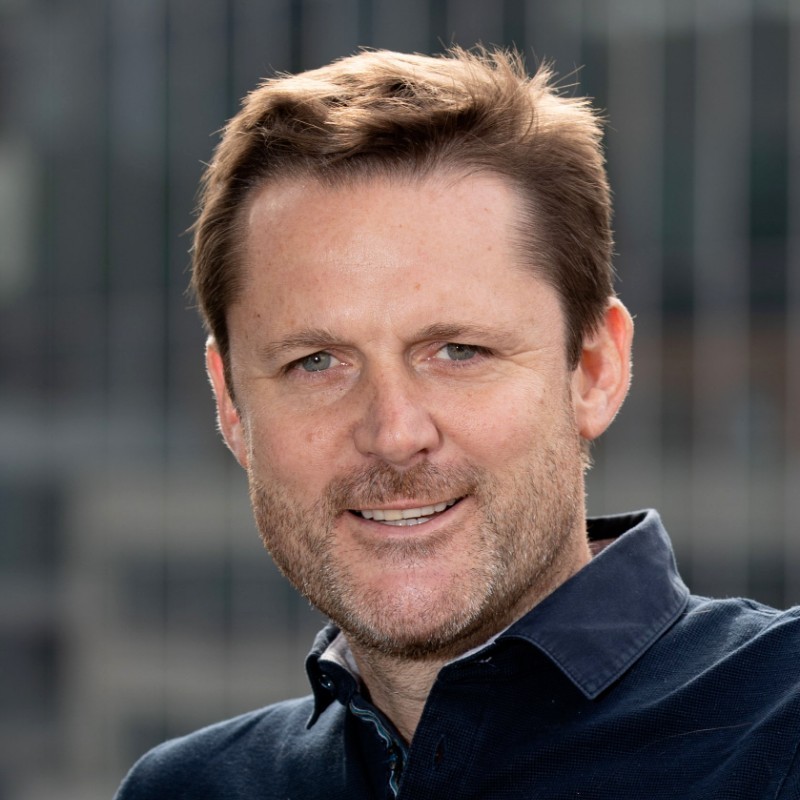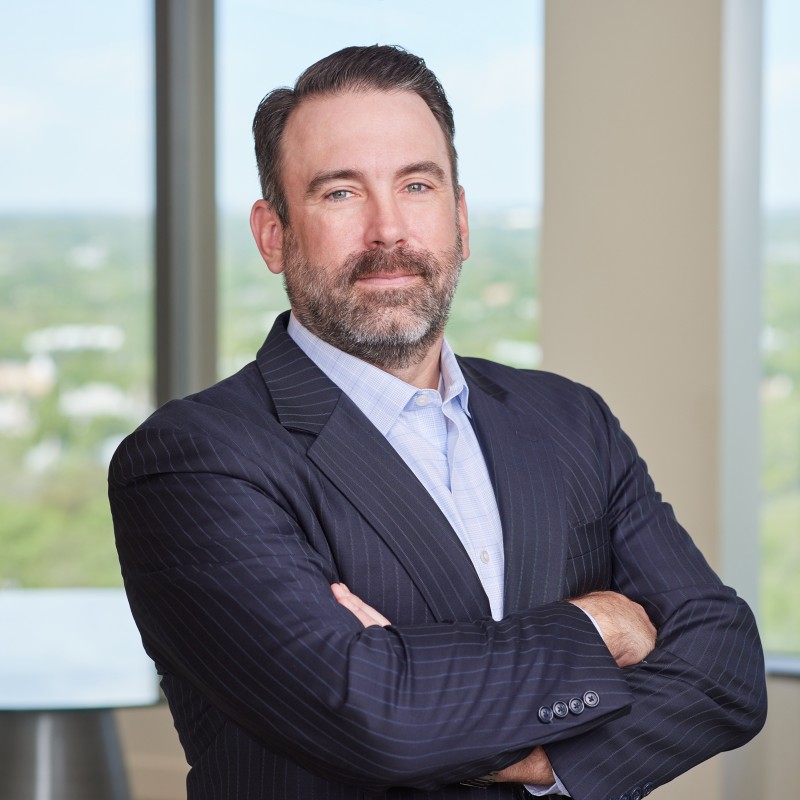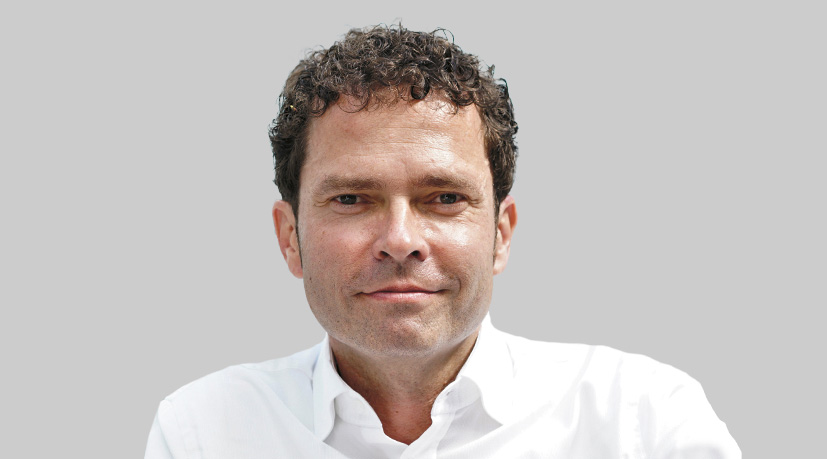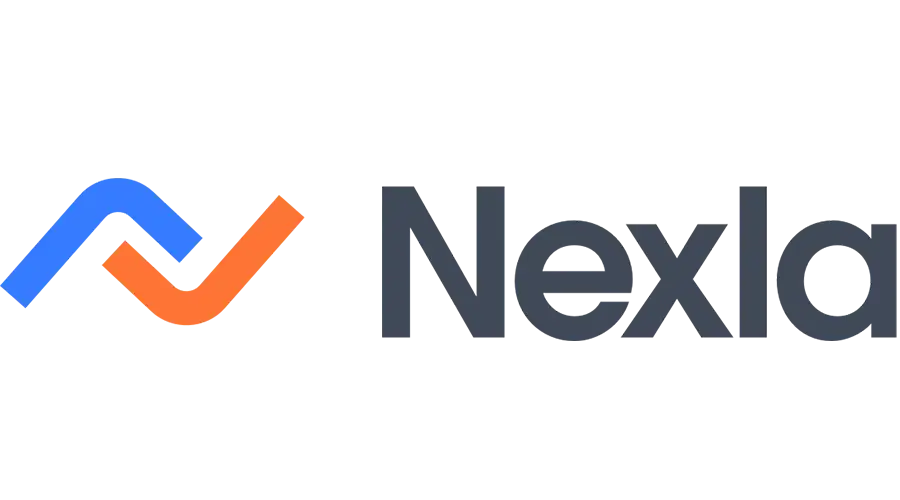Ready to launch your own podcast? Book a strategy call.
Frontlines.io | Where B2B Founders Talk GTM.
Strategic Communications Advisory For Visionary Founders
Conversation
Highlights
Definity’s Inside-Out Approach to Data Observability: How Roy Daniel Is Reimagining Data Pipeline Reliability
Every data engineer knows the sinking feeling when critical data pipelines fail at 3 AM, triggering cascading business impacts. This isn’t just an inconvenience—it’s a fundamental gap in modern data infrastructure that’s surprisingly remained unsolved. Until now.
In a recent episode of Category Visionaries, Roy Daniel, CEO and Co-Founder of Definity, explained how his company is pioneering a new approach to data observability that works from inside the data pipelines themselves, rather than merely examining outputs. With $4.5 million in funding, Definity is transforming how enterprises ensure data pipeline reliability in Lakehouse and Spark environments.
From Personal Pain to Market Opportunity
For founders seeking to identify viable market opportunities, Roy’s journey offers a masterclass in building from personal experience. Like many successful B2B products, Definity was born from the team’s own struggles.
“I come from a product and data background… I’ve seen the pains of when things go wrong, how everyone is now in a firefight mode around ‘We need to fix this data today because our customers are suffering or our business is suffering,'” Roy explains.
His co-founders brought complementary expertise: “Ohad and Tom come from… two decades of very deep software engineering background and specifically the past decade, very deep Hadoop and Spark ecosystem… building pipelines at a very high scale, very mission critical pipelines.”
This combination of perspectives—product leadership meeting deep technical expertise—allowed them to spot a significant gap between existing solutions. When they couldn’t find tools to solve their own problems, they recognized the larger market opportunity.
Identifying the Category Gap
Most founding teams struggle to position their solution within existing markets. Roy’s insight was recognizing that data engineering tools lagged a decade behind software engineering counterparts:
“The data engineering world is probably around a decade behind the regular or software application engineering world in terms of its observability and monitoring tools,” Roy notes. “Around 10, 15 years ago, there was a huge explosion on the ADM application performance monitoring tools on the software engineering side, with the data dogs of the world. We didn’t see that yet in data engineering.”
While data quality tools existed, they approached the problem from the outside looking in—examining data after it was created. Definity took a fundamentally different approach that Roy describes as “completely different… coming inside out versus outside in.”
By positioning at the intersection of established categories, Definity created differentiation that would resonate with technically sophisticated buyers.
Building for the Tip of the Spear
Rather than attempting to serve the entire market, Definity deliberately focused on the most sophisticated users with the most acute pain:
“We cater to teams that work at very high scale in terms of their data operation. We see that typically those teams have very heavy workloads and very mission critical data that feed into the product, that feed into ML models, that feed into feature stores, regulatory reporting, customer reporting.”
This strategic focus on the “tip of the sphere” allowed Definity to build deeper functionality for the most demanding use cases, rather than diluting their product to serve everyone. The insight for other founders: sometimes serving a smaller, more specific segment better creates more defensible value than trying to capture the entire market.
Creating Signal Amid Market Noise
The data infrastructure market is notoriously noisy, with countless vendors making similar-sounding promises. Roy acknowledges this challenge directly:
“In today’s world, data space is very, you know, a lot of marketing, a lot of buzzwords, a lot of, I would say kind of, yeah, you call this maybe noise out there.”
His solution cuts through with two key strategies:
Taking a fundamentally different product approach: “To rise above it, you really need to deliver a unique approach. You can’t be just another player in a specific category that caters to the same audience with the same type of solution.”
Delivering immediate value: “We just launched a couple of months ago a free tool that helps teams have a full assessment of their health and cost in their platforms. So the ability to provide actual value… that’s our kind of way or approach to cut to the noise.”
This combination of distinctive positioning and immediate value creation creates a clear signal amid category noise—a strategy any founder can adapt to crowded markets.
Enterprise GTM: Balancing Decision-Makers and Users
Definity’s go-to-market strategy balances the needs of two key stakeholders: the enterprise decision-makers who sign contracts and the engineers who use the product daily.
“Our strategy was really how do we meet those teams and leaders where they care and where they have the pain,” Roy explains. “There’s a lot of direct connections with the market. Again it’s less of a mass approach, a lot of direct personalized connection with those leaders.”
Simultaneously, Definity focuses on the users: “Our solutions is built by engineers for engineers. Those are the users of our product… that use the product day in and day out and see the value and the technical value.”
To serve these users, they’re “continuously lower[ing] the barrier” for adoption, launching tools that allow users to “start experimenting with the product very quickly in their own environment.”
This two-pronged approach—enterprise sales for decision-makers while enabling bottoms-up adoption by engineers—creates a powerful GTM motion that respects both purchasing authority and user experience.
Finding the Right Investors for Deep Tech
For founders building technical, domain-specific products, Roy’s fundraising experience offers valuable perspective. Definity raised $4.5 million in late 2023, during what Roy calls “a very interesting time to fundraise after the big boom.”
Rather than pursuing generalist investors, Roy focused on finding partners who genuinely understood the problem space:
“Folks who know your space is key for understanding when you deliver… really deep innovation and nuanced innovation that requires folks to understand the pain points of the customer with second and third degree and not just at the surface level.”
Beyond domain expertise, Roy emphasizes personal connection: “Working with folks that you can connect with, trust and have the kind of utmost integrity on a personal level is fundamental. And that’s true for your co-founders, it’s true for your founding team and true for your kind of founding investors.”
The Future Vision: Beyond Monitoring to Automation
Looking ahead, Definity is building toward a comprehensive data management solution for Lakehouse architectures. Roy’s vision extends beyond mere observability to enabling proactive, automated management—particularly critical for distributed teams with varying levels of expertise.
“The ability to provide a unified solution across the lakehouse for teams to really manage their data, their metadata and able to not only observe but react and act proactively in the most automated way is key,” Roy explains.
For founders crafting their vision, this offers an important lesson: show how you’ll not only solve today’s problem but evolve to address tomorrow’s challenges too.
Definity’s journey demonstrates that even in crowded technical markets, companies can create meaningful differentiation by solving real problems in fundamentally new ways—something every B2B founder should take to heart.
Actionable
Takeaways
Build solutions for problems you've experienced firsthand:
Roy and his co-founders created Definity to solve challenges they faced in their own careers. "We started by building the solution we always wanted to have," Roy explains. This authentic connection to the problem space enabled them to develop a product that resonates with users facing similar challenges.
Position at the intersection of established categories:
Definity identified that data engineering was about a decade behind software engineering in terms of observability tools. By taking elements from existing categories (data quality and application performance monitoring) but applying them with a completely new approach, they created a distinctive value proposition that stands out in a crowded market.
Focus on high-value use cases and segments first:
Rather than taking a broad approach, Definity targets "the tip of the sphere" - enterprise teams working with high-scale, mission-critical data pipelines. Roy notes, "We cater to teams that work at very high scale in terms of their data operation... feeding into ML models, feature stores, regulatory reporting, customer reporting."
Deliver tangible value to cut through market noise:
In a space filled with buzzwords, Definity focuses on demonstrating practical value. "To rise above it, you really need to deliver a unique approach," says Roy. The company launched a free assessment tool that helps teams evaluate the health and cost of their platforms, providing immediate value while showcasing their differentiated approach.
Find investors who deeply understand your problem space:
Roy emphasized that securing funding during the challenging 2023 market required connecting with investors who understood "the pain points of the customer with second and third degree and not just at the surface level." The right investors could appreciate the nuanced innovation they were bringing to market.























